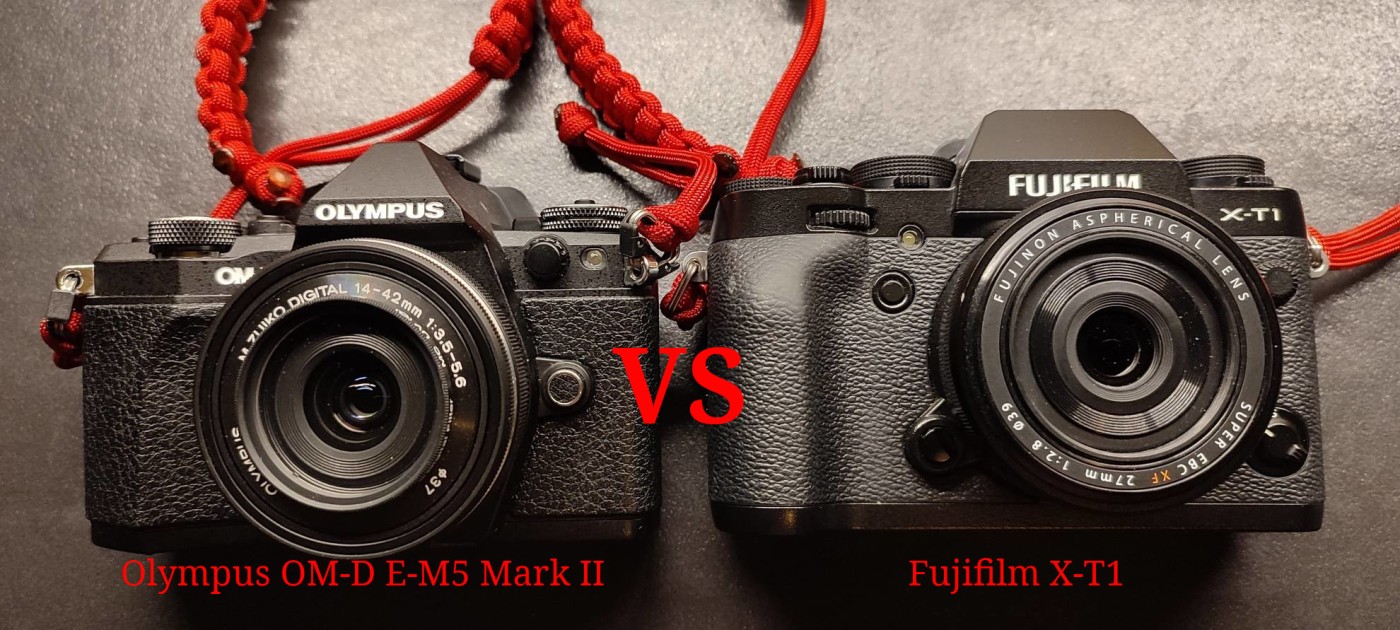Someone said to me “you dropped Pentax for Fujifilm, then why buy another Olympus mirrorless camera ?”
It’s only been a year since I wrote an article about the Olympus OM-D E-M10 Mark I, My Olympus OM-D E-M10 Mark I, with Olympus OM F-Zuiko Auto-T 300mm f4.5 , and now that I’ve switched all the way from Pentax to Fujifilm, I bought a second Olympus mirrorless camera anyway, but why ?
Well, the reason I switched from Pentax to Fujifilm was mainly for two reasons:
- Dedicated Dials like in the old days (shutter speed – iso)
- Fujifilm simulations
What I missed in Fujifilm and had with Pentax was image stabilization.
Meanwhile, I found image stabilization in the Fujifilm X-H1, of which I now have two.
But I also have the much smaller X-T1 that I mainly use for manual lenses and because it is smaller also as a backup/second camera on the road, a great camera the X-T1, but again no image stabilization.
I was super enthusiastic with the Olympus E-M10 Mark I, but the camera had its drawbacks.
- not weather sealed
- 1440k dot evf vs 2360k dot evf in the X-T1
- narrower viewfinder : 0.58 vs 0.77
Well, the Olympus OM-D E-M5 Mark II has all this and more :
- Weather Sealed Body
- 5 axis Sensor-shift Image Stabilization
- Large 0.74 2360k dot viewfinder
On top of that :
- Better manual focus vs X-T1
- A faster mechanical shutter – 1/8000 vs 1/4000
- Live Composite Mode
- Focus Bracketing and Focus Stacking
- Pixel Shift High-Res Mode – 40MP
- Faster Continuous Shooting 10fps vs 8fps
- Selfie & Vlogger Friendly LCD
- Crop factor 2 – what is an advantage and disadvantage at the same time *
And all that in a package that weighs just 29g more, but still smaller in size than the Fujifilm X-T1 – Price-wise, you’ll find the E-M5 Mark II second-hand around the same price as the X-T1.
The ultimate benefit ?
It’s like having an X-H1 and a set of lenses that have been washed too hot – extremely compact and light, but also extremely powerful and sturdy.
What I also love is the LCD screen,
great when you can’t reach something,
when filming, you can just turn it almost in any direction.
And really great : you can close it upside down on the camera !
no more damage to your LCD, and it stays clean because you no longer rub against it with your face (see second picture below)
* The Crop factor advantage/disadvantage.
Unlike APS-C cameras, MFT or 4/3 cameras have a crop factor of 2 instead of 1.5
The advantage:
Bird and animal photographers can use smaller and lighter lenses and still have a wider range – for example: a 300mm lens on an APS-C camera becomes 450mm, on an MFT or 4/3 camera that same lens is equal to 600mm.
The disadvantage:
This enlargement can also be a disadvantage at the same time, for example; a 35mm lens on APS-C corresponds to 52.5mm – a standard lens actually. On MFT – 4/3, that same lens becomes a 70mm, which is actually more of a portrait lens.
Conclusion: it all depends on the subject you like to photograph.
Conclusion and recommendations :
So the answer to “why an Olympus camera” when you’re already shooting with another brand ?
Simple : Image Stabilization and to a greater or lesser extent the crop factor.
Fujifilm is really missing an opportunity here, it’s not that there wasn’t room in the X-T1, because it’s bigger than the Olympus.
But you won’t find it in the X-T2 or X-T3 either.
Many photographers will say they don’t miss it or really need it,
I understand that, but once you’ve used it and got used to it, you don’t want anything else.
Shall I switch to Olympus ?
No, Fujifilm’s image quality is still better – to a greater or lesser extent due to the larger sensor.
For whom can I recommend this camera:
- Street photographers
- Bird & Animal photographers
- Sports photographers
- Traveling Light & Backpackers
- Backup camera
I myself tick 4 out of 5 categories, which is why this camera is also a good choice for me.
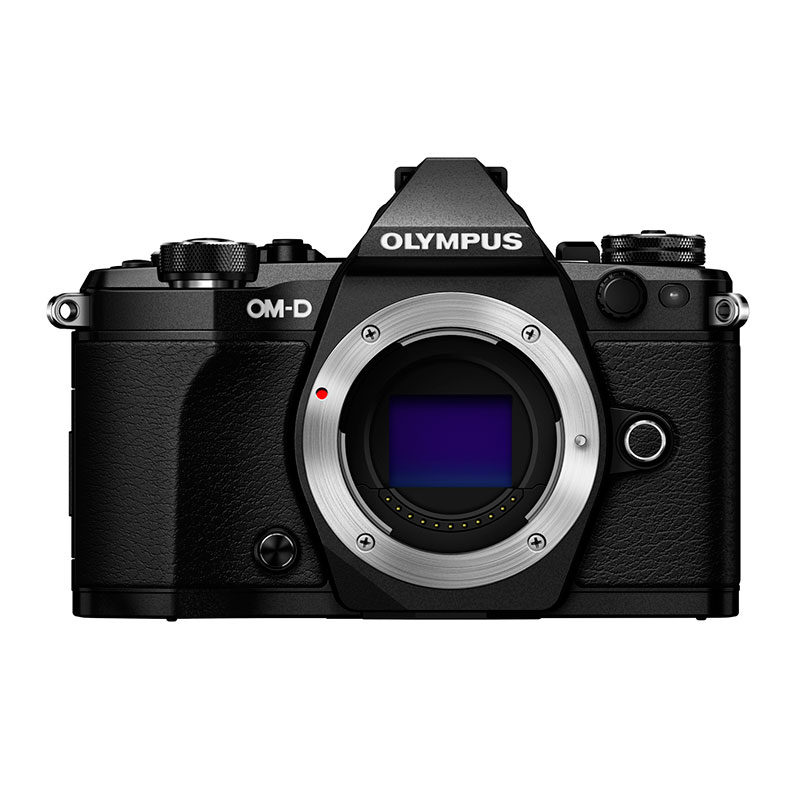


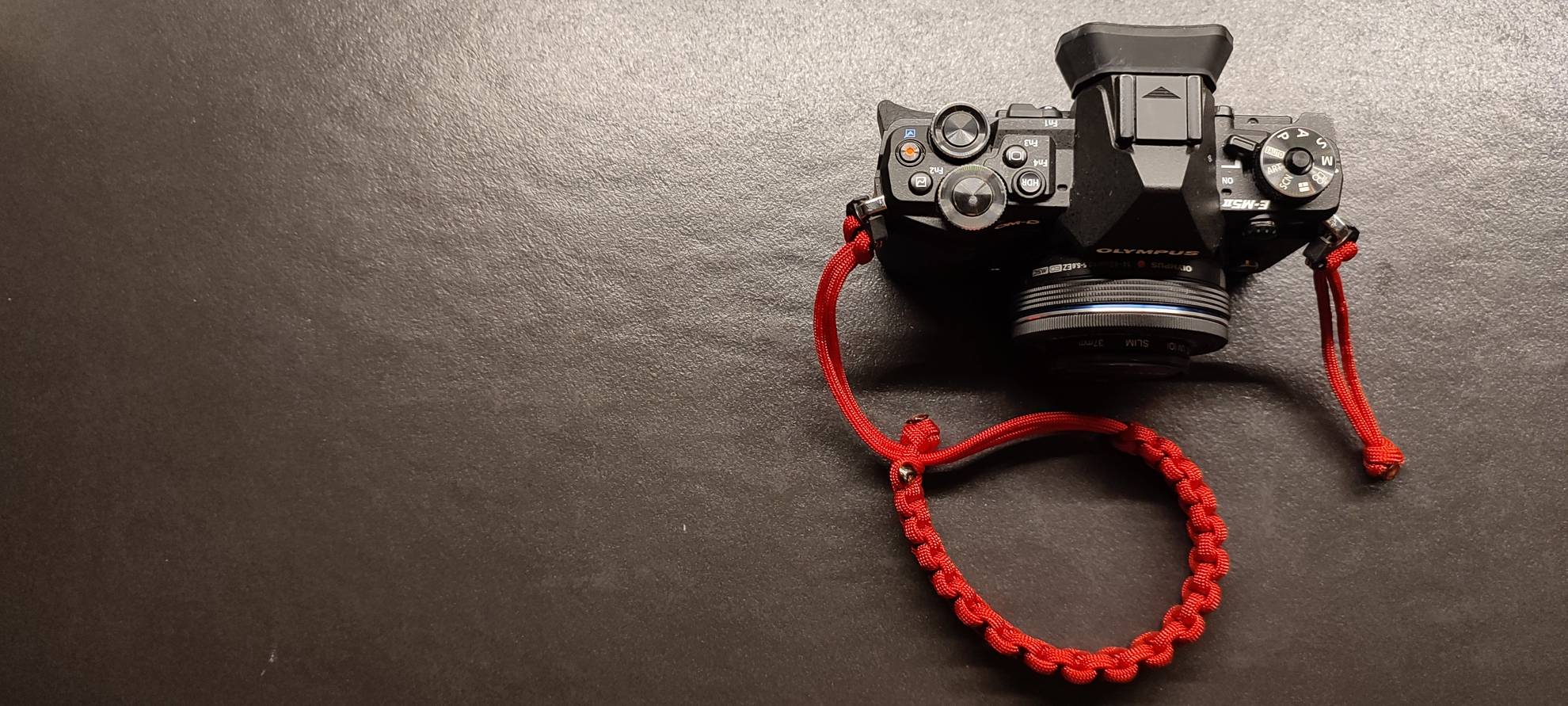
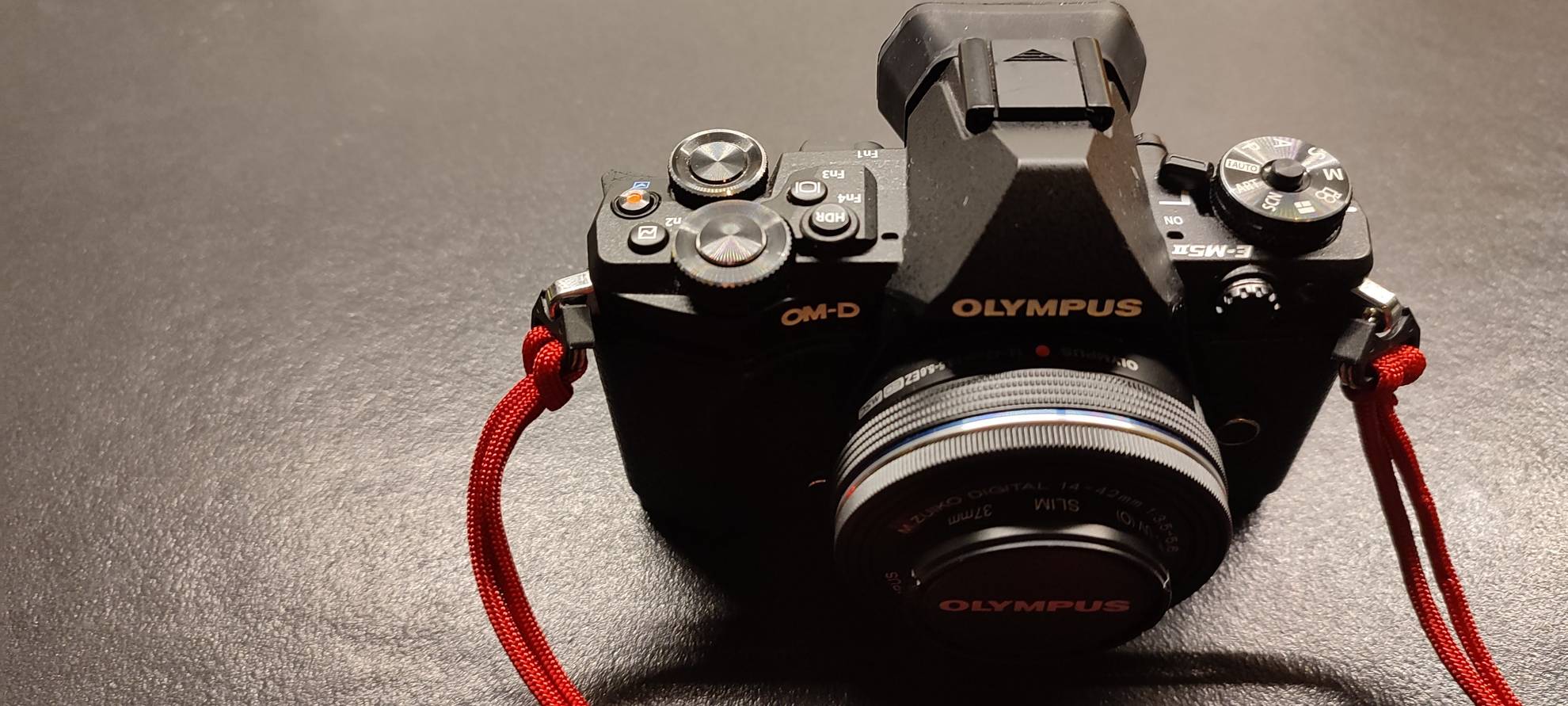
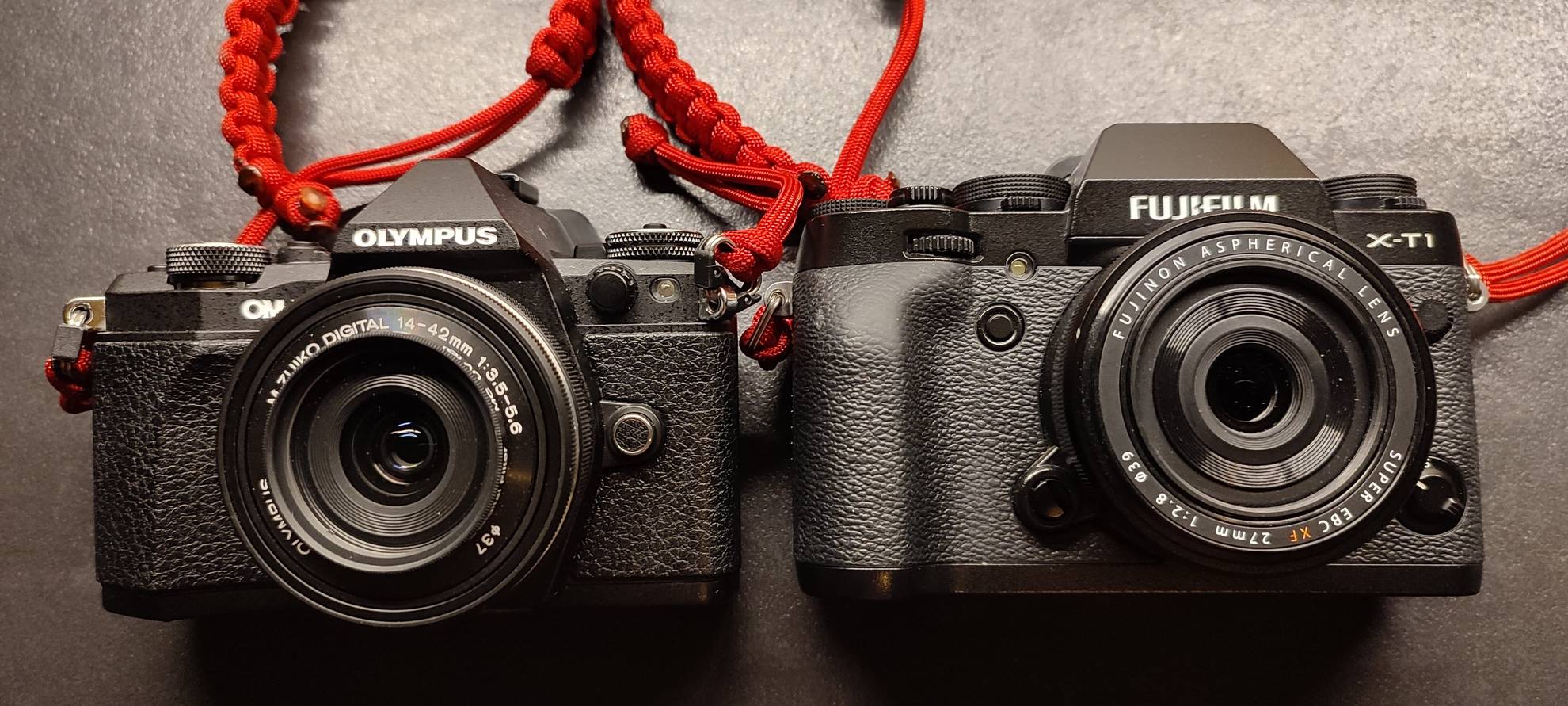
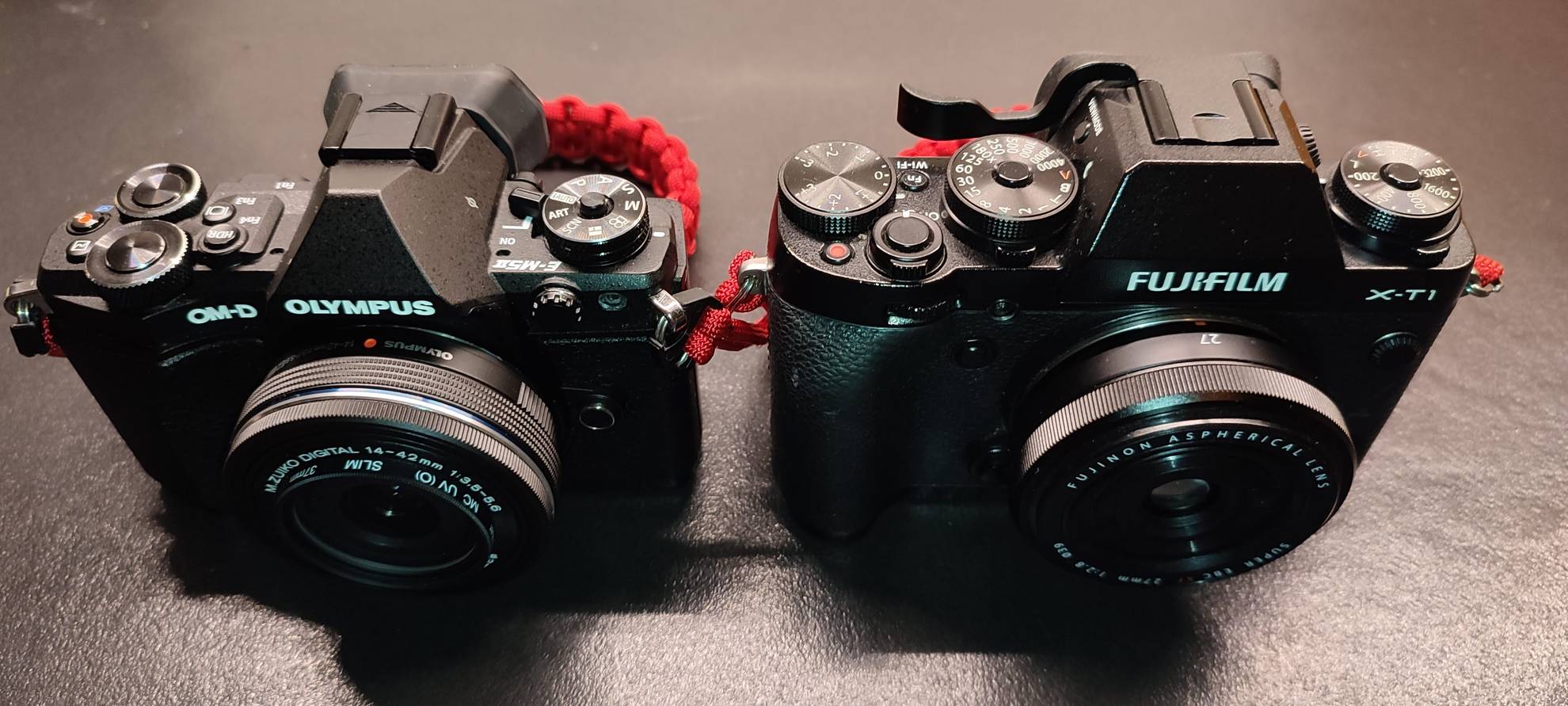
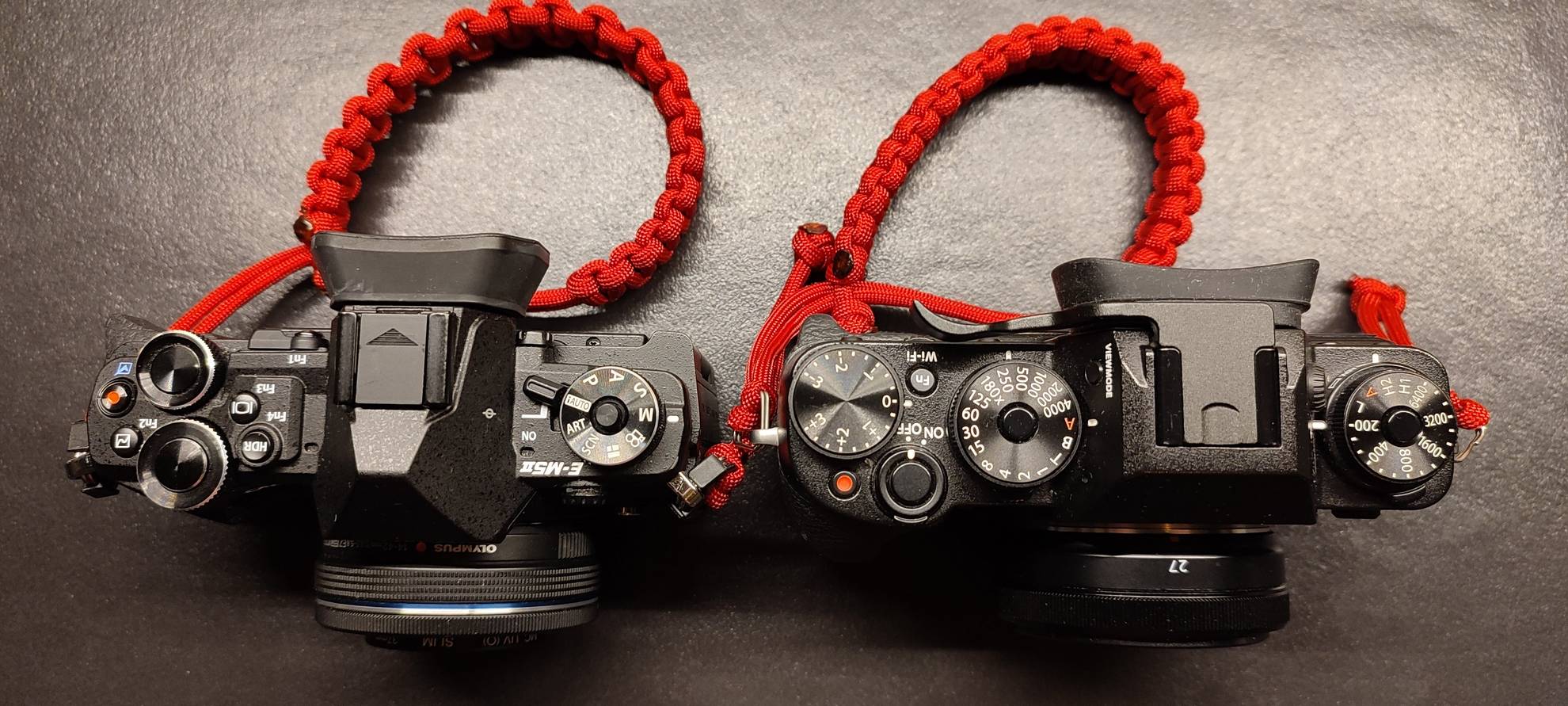
Discover more from Open Source Photography
Subscribe to get the latest posts sent to your email.


